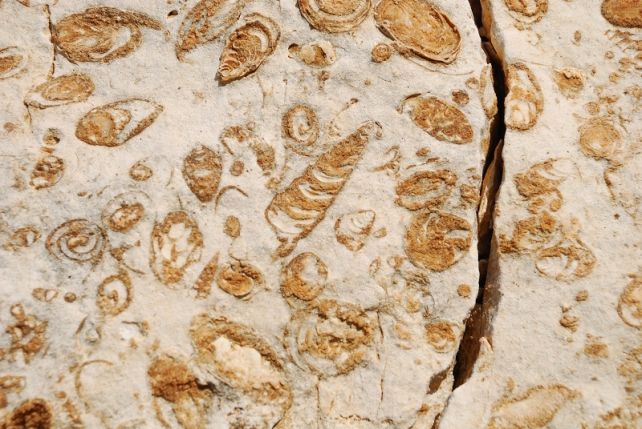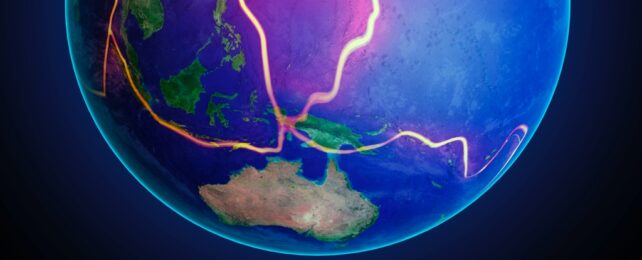Marine life booms with a spate of new species every 36 million years, and tectonic heaving is the indirect reason, new research has found.
A deep analysis of the fossil and geological record reveals a changing sea level that occurs in response to a 36-million-year cycle of tectonic movement.
This, a team led by geologist Slah Boulila of Sorbonne University in France has found, disrupts several ecosystems, causing many species to struggle – and new ones to blossom to fill the new ecological niches that emerge.
"In terms of tectonics, the 36-million-year cycle marks alterations between faster and slower seafloor spreading, leading to cyclical depth changes in ocean basins and in the tectonic transfer of water into the deep Earth," says geoscientist Dietmar Müller of the University of Sydney.
"These in turn have led to fluctuations in the flooding and drying up of continents, with periods of extensive shallow seas fostering biodiversity."
A close look at the fossil record shows that biodiversity is not a nice, even constant. Instead, it fluctuates dramatically on scales of tens of millions of years, punctuated by extinction events and the rise of new species.
What hasn't been clear is what drives these changes; whether each event is unique unto itself, or whether there's an underlying mechanism that links them.

The research by Boulila and team was a painstaking analysis of multiple geological datasets from the past 250 million years, combined with computational simulations and modeling using tectonic visualization software called GPlates.
Earth's crust is never still. It consists of separate tectonic plates that are constantly moving and being recycled. Places where the tectonic plates meet beneath the ocean are known as subduction zones; there, water is sucked deep under the mantle, to be spewed out later via volcanic activity.
In addition, tectonic motion can cause the seafloor to spread as plates move apart from each other. Both of these mechanisms can cause variations in the sea level over long periods of time.
In their data and simulations, the researchers found a cycle of 36 million years in the diversity of marine life… and this coincided with a cycle found in tectonic, sea-level, and large-scale rock layer data over the same time period.
These findings, they say, constitute compelling evidence that the sea level changes triggered by Earth's tectonic cycles play a key role in biodiversity cycles and shaping ecosystems.
"This research challenges previous ideas about why species have changed over long periods," Müller says.
"The cycles are 36 million years long because of regular patterns in how tectonic plates are recycled into the convecting mantle, the mobile part of the deep Earth, similar to hot, thick soup in a pot, that moves slowly."
There are other triggers throughout Earth's history that can drive biodiversity. For example, the team also found evidence of a biodiversity cycle of 62 million years.
This could have been driven by changes in carbon dioxide levels, but it needs to be investigated further, the researchers say.
The research has been published in the Proceedings of the National Academy of Sciences.
